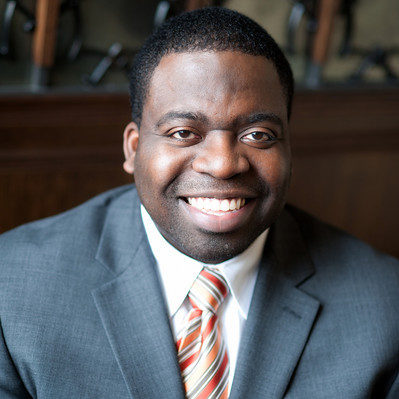38. On May 5, 2009, in front of the Joint Economic Committee, you said the following
about the unemployment rate: “Currently, we don’t think it will get to 10 percent. Our
current number is somewhere in the 9s” . In November it hit 10.2%, and many economists
predict it will go even higher. This is happening despite enormous fiscal and monetary
stimulus that you previously said would help create jobs. What happened after your JEC
testimony in May that caused your prediction to miss the mark?
At the time of my testimony before the JEC, the central tendency of the projections made by
FOMC participants was for real GDP to fall between 1.3 and 2.0 percent over the four quarters
of 2009 and for the unemployment rate to average between 9.2 and 9.6 percent in the fourth
quarter. As it turned out, we were too pessimistic about the overall decline in real GDP this year
and too optimistic about the extent of the rise in the unemployment rate. Although we indicated
in the minutes from the April FOMC meeting that we saw the risks to the unemployment rate as
tilted to the upside, we underestimated the extent to which employers were able to continue to
reduce their work forces even after they began to increase production again. These additional
job reductions have contributed to surprisingly large gains in productivity in recent quarters and
to the unexpectedly steep rise in the unemployment rate.
Congressman Jim Bunning’s questionnaire for Fed Chairman Ben Bernanke has been answered (12/15) and posted:
38. On May 5, 2009, in front of the Joint Economic Committee, you said the followingabout the unemployment rate: “Currently, we don’t think it will get to 10 percent. Ourcurrent number is somewhere in the 9s” . In November it hit 10.2%, and many economistspredict it will go even higher. This is happening despite enormous fiscal and monetarystimulus that you previously said would help create jobs. What happened after your JECtestimony in May that caused your prediction to miss the mark?
At the time of my testimony before the JEC, the central tendency of the projections made byFOMC participants was for real GDP to fall between 1.3 and 2.0 percent over the four quartersof 2009 and for the unemployment rate to average between 9.2 and 9.6 percent in the fourthquarter. As it turned out, we were too pessimistic about the overall decline in real GDP this yearand too optimistic about the extent of the rise in the unemployment rate. Although we indicatedin the minutes from the April FOMC meeting that we saw the risks to the unemployment rate astilted to the upside, we underestimated the extent to which employers were able to continue toreduce their work forces even after they began to increase production again. These additionaljob reductions have contributed to surprisingly large gains in productivity in recent quarters andto the unexpectedly steep rise in the unemployment rate.
PDF available here.
